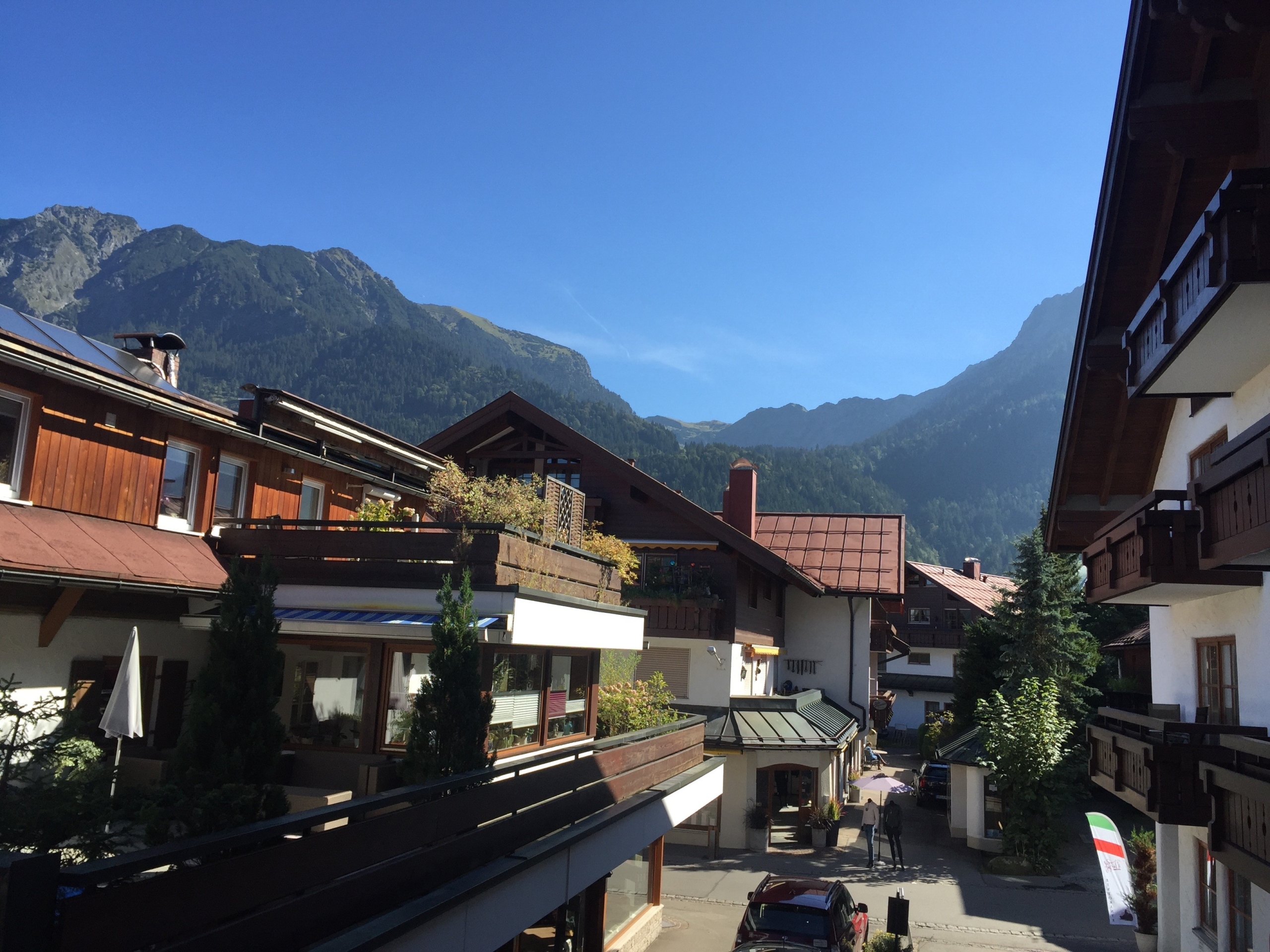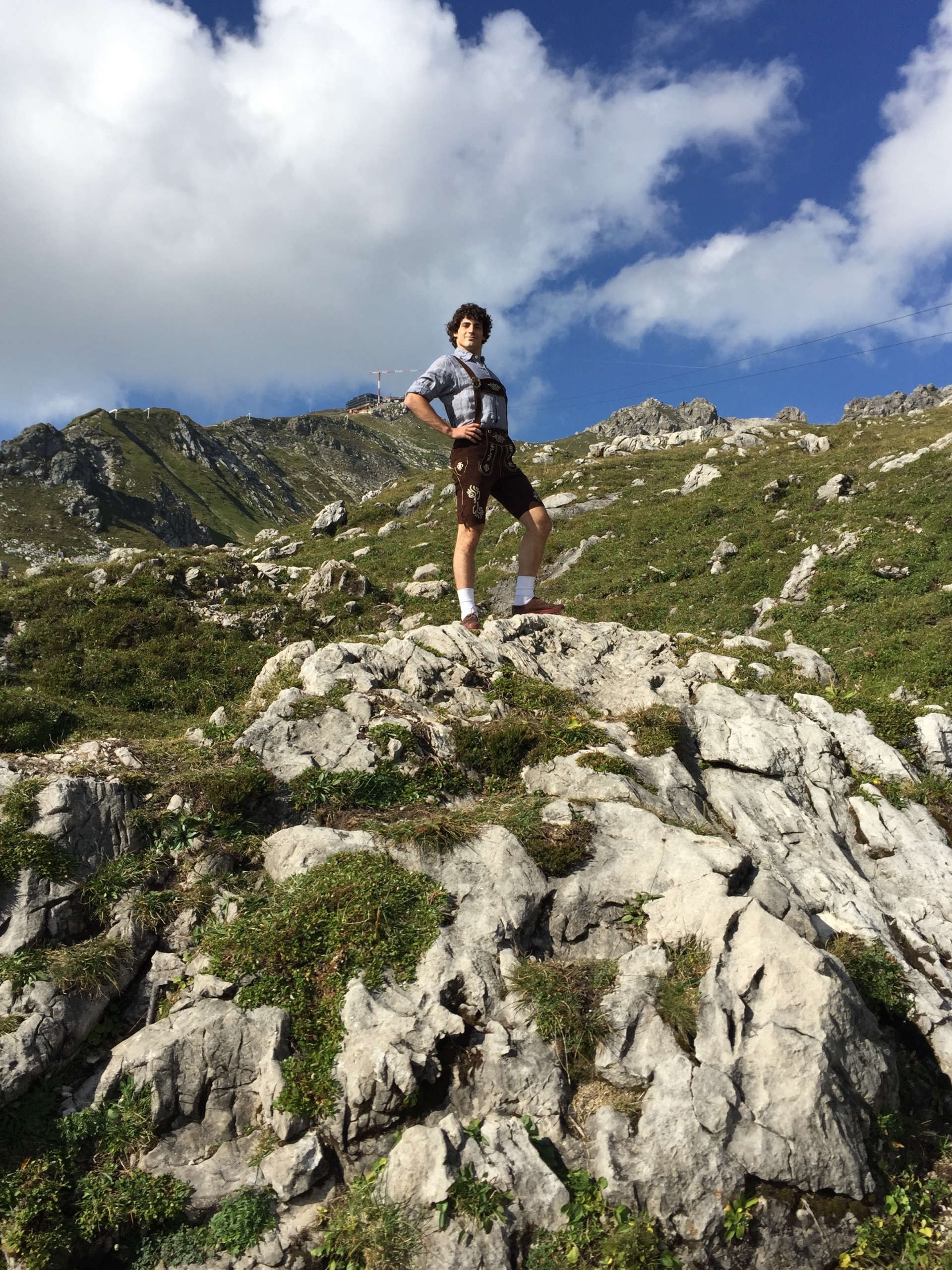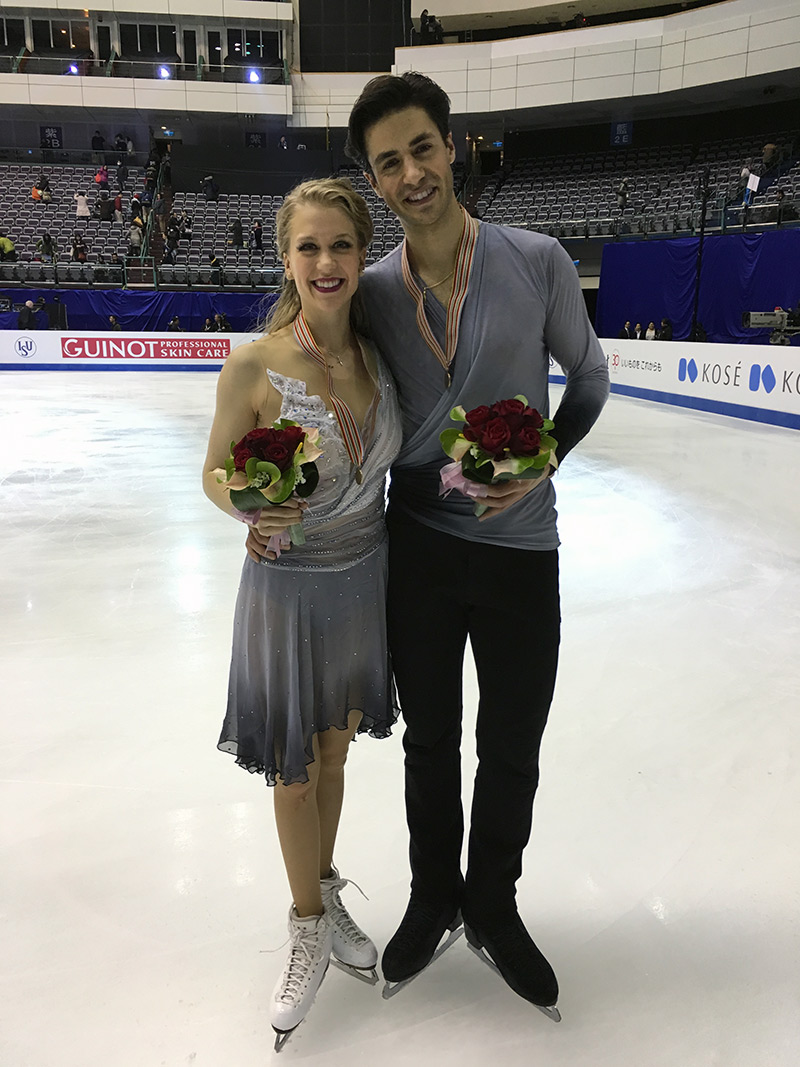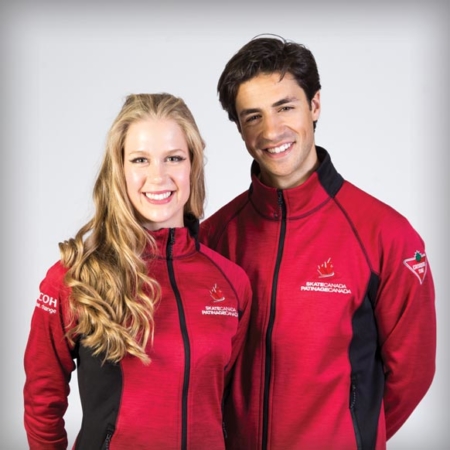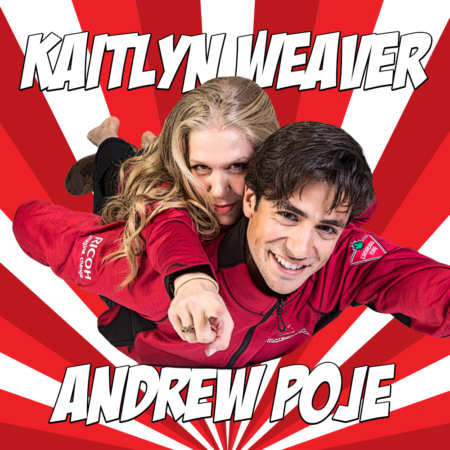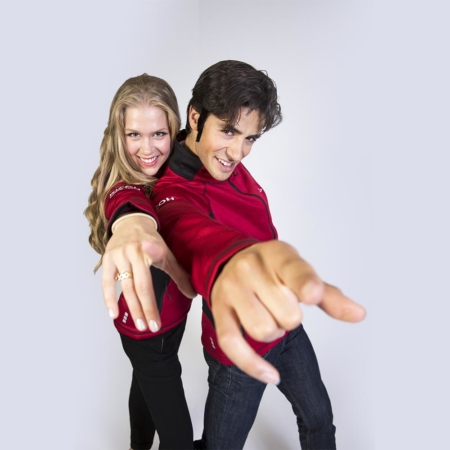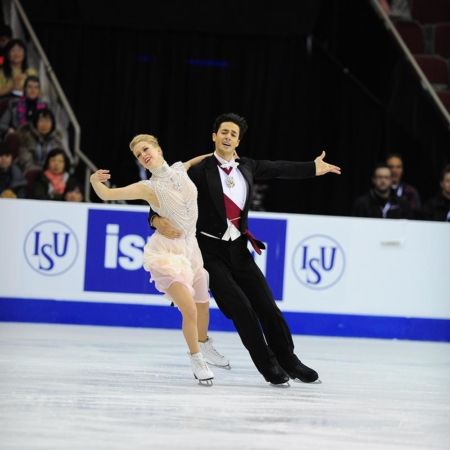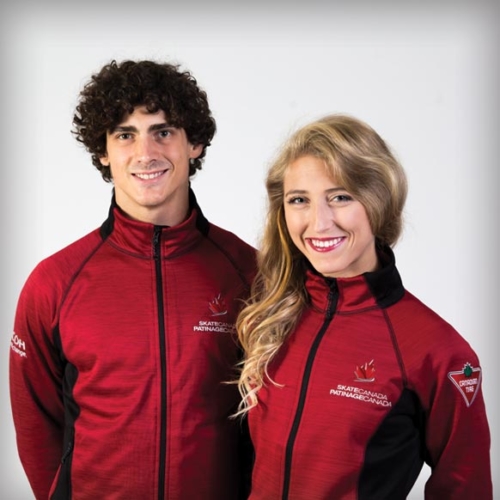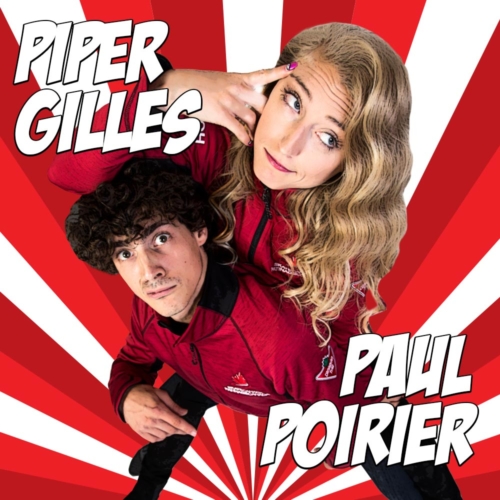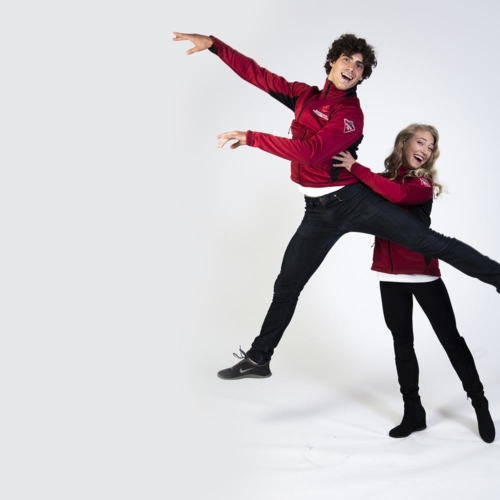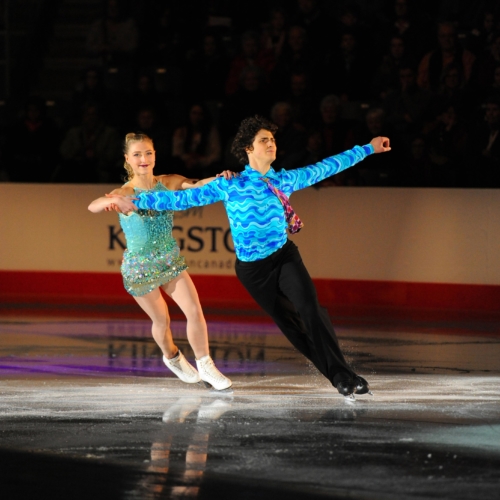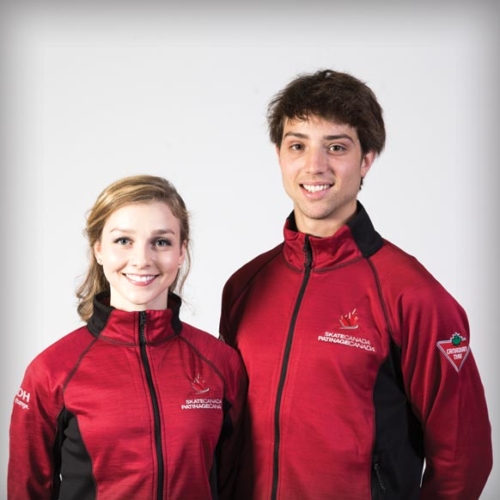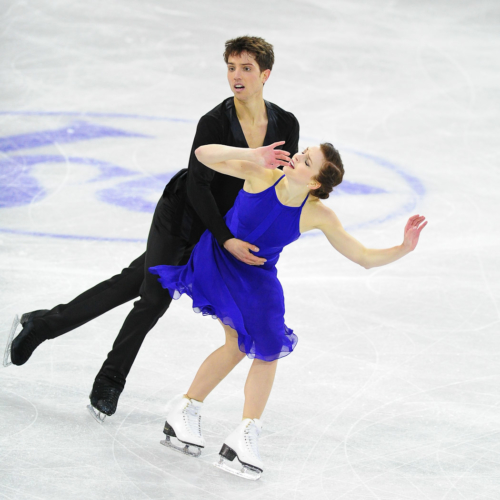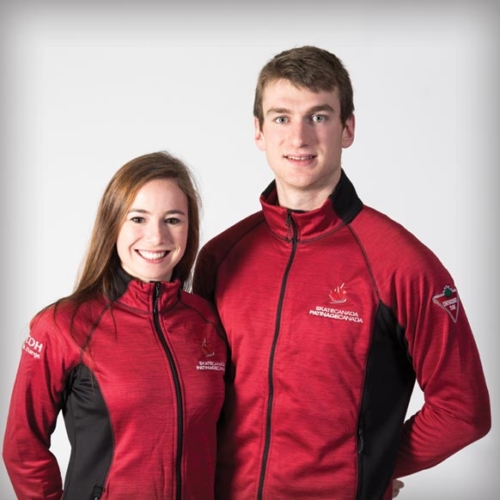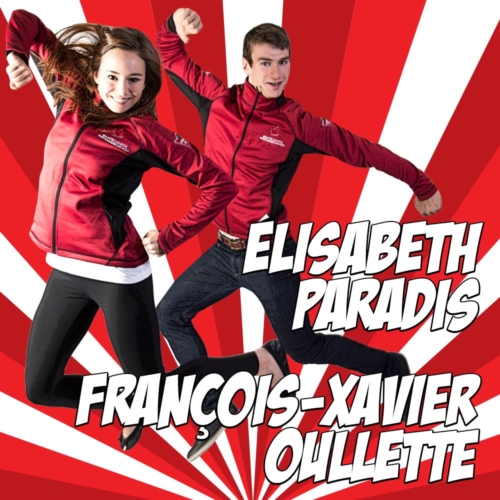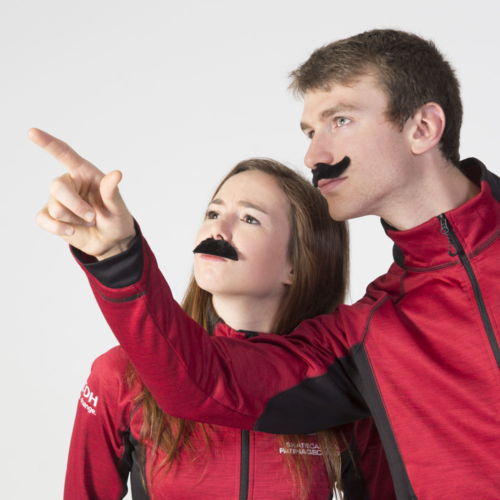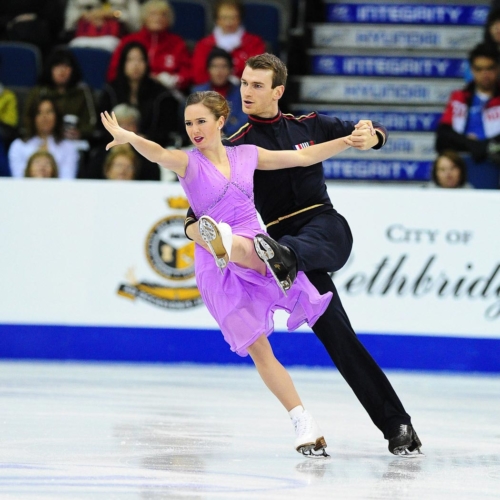Canadian athlete Paul Poirier looks to secure seat on ISU Athletes’ Commission
Next week will mark a competition of a different sort for Canadian ice dance star Paul Poirier.
Poirier, the charismatic five-time Canadian medallist with partner Piper Gilles, is looking to land a spot on the ISU Athletes’ Commission when secret-ballot voting takes place at the ISU World Figure Skating Championships in Helsinki.
Announced last fall, the Commission will be made up of five athletes – one each from singles/pair, ice dance, synchronized skating, short track and long track speedskating disciplines.
Poirier will be one of the three names on the ice dance ballot.
“This is something I am extremely passionate about,” says Poirier. “I want to promote the dialogue and listen to my fellow athletes around the world to help advance our sport. We need that dialogue to be more open and consistent throughout the year.”
If elected, Poirier says he will have regular conversations with his follow Commission members to discuss issues relating to ice dance, and the sport in general. He will also serve as a liaison between the athletes and the Technical Committee when addressing rules and competition matters.
“I believe we need to do more to leverage our sport,” he adds. “We need to be more engaged with the practitioners – the athletes, the coaches, the choreographers – and allow them to create their best work. Right now, all everyone is doing is trying to maximize points, and it’s why so many programs look the same.”
“We at Skate Canada couldn’t be more honoured to endorse Paul’s bid for a seat on the ISU Athletes’ Commission,” says Debra Armstrong, Skate Canada’s Chief Executive Officer.
“Paul is a world-class athlete and a tremendous ambassador for our sport, here in Canada and around the world. We have no doubt Paul will excel in this role if he is elected, and will do everything he can to promote our athletes and our sport.”
Their artistic flair and exceptional ability to connect with the audience have made Gilles and Poirier undeniable crowd-pleasers in recent years. In fact, the step-sequence from their 2015-16 short dance will be added to the ISU repertoire as a new compulsory dance after the 2018 Olympic Winter Games.
If he is elected to his new position, Poirier wants to get to work right away.
“I want to encourage decision-making that will allow athletes to create their best work,” adds Poirier. “I’ve always tried to be vocal when it comes to the public decisions of the sport. I hope my fellow athletes see I want to be part of that dialogue.
“What do we all want ice dance to be? We need to have those conversations to answer that question.”
“This isn’t about what I think will make the sport better. It’s about what we, as athletes, believe will make the sport better.”

